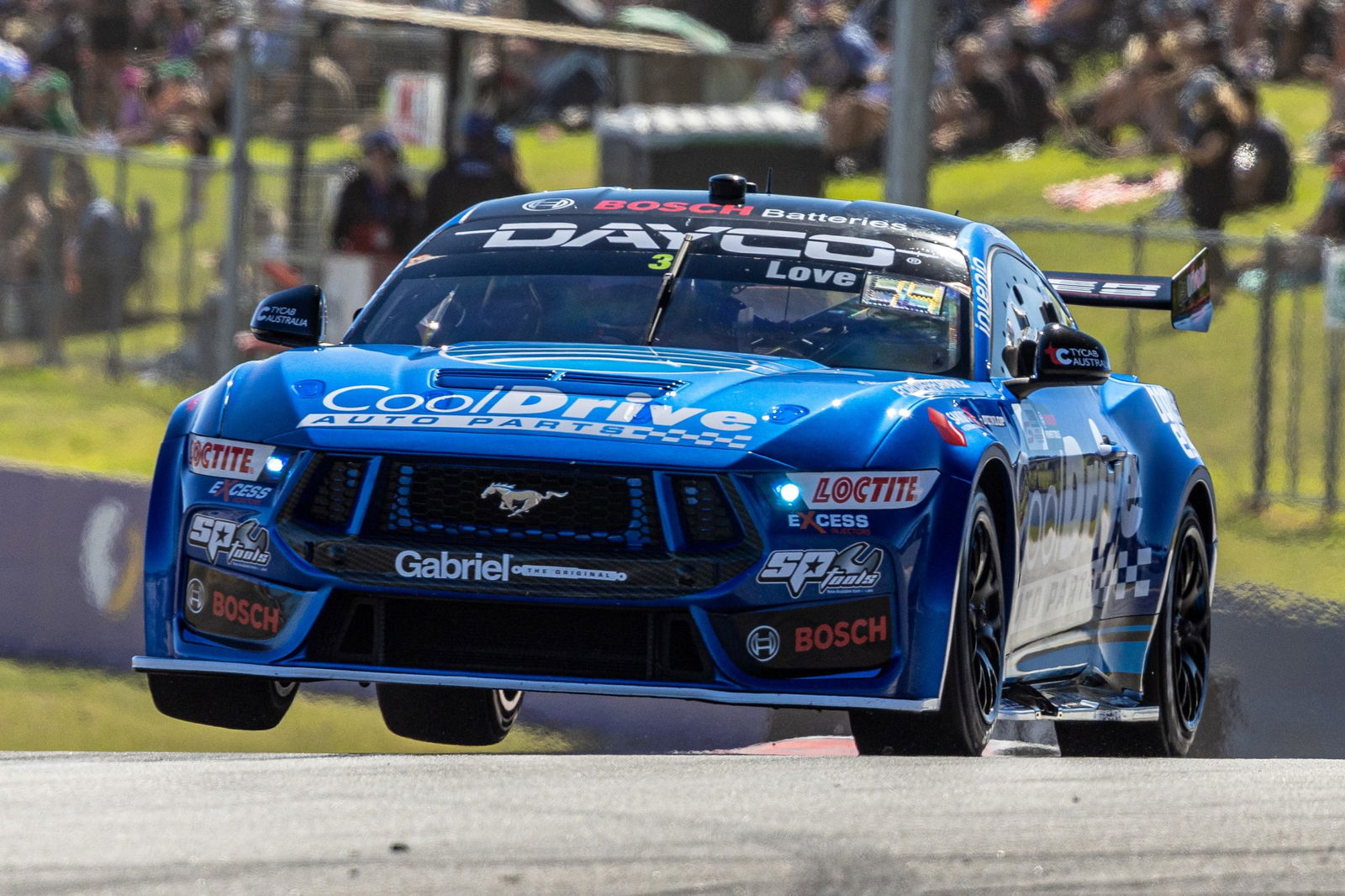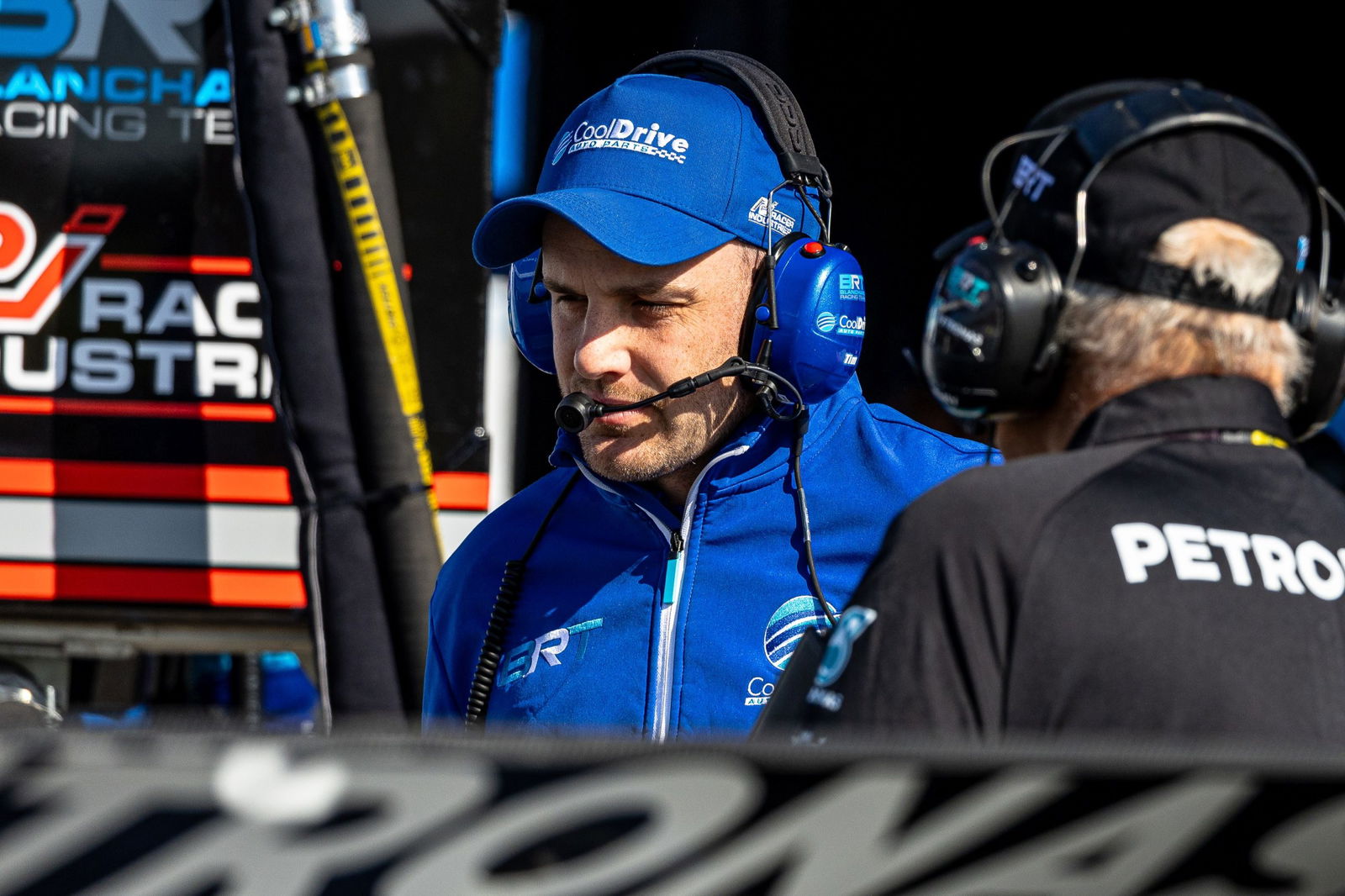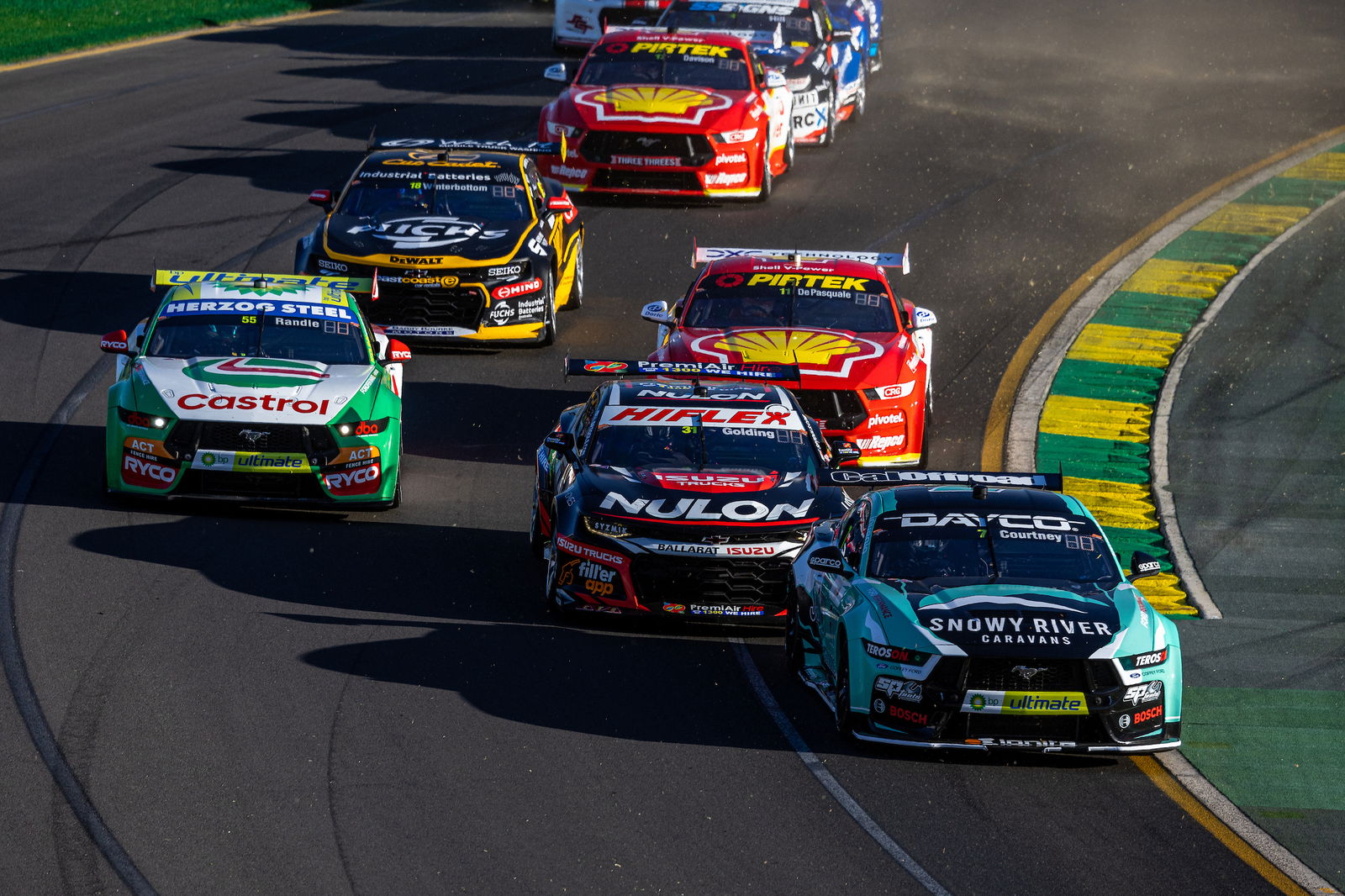

Staff turnover has been a sore point for the Box Hill-based team since its inception as a one-car team in 2021.
Its foundations were with Tim Slade and his engineer Mirko De Rosa but both moved on after 2022.
Todd Hazelwood and Sheldon Auld steered the team through the first year of Gen3 but they too have parted company after 2023.
Instability continues to be an issue for the team in year three. Aaron Love and James Courtney joined the expanded team this year with engineers Chris Fitzgerald and Raymond Lau.
BRT parted company with Lau prior to the Sydney SuperNight and replaced him with Matt Saunders. As it stands, Saunders is only contracted part-time with the team.
“At the beginning of the year, everyone in the team was new,” said Blanchard when asked about Lau’s departure.
“So they were either new to Supercars or new to BRT. This year there are only a couple of people from last year who were new to Supercars at the end of last year.
“It’s a whole new group. We’re starting from scratch. So we’re kind of trying to find the right group that are all aligned.
“And it’s not necessarily that there’s anything wrong with any person or any issues as such, it’s more about making sure that the group we’ve got all have the same view.
“Not to say one right is right or wrong, it’s just making sure that everyone’s aligned and what they’re trying to achieve.
“We’re just moving things around and changing roles within the team, trying to find that right mix to lean on all the skills within the team as it is.”

The team has fallen a long way from the dizzying heights of its debut as a one-car team at Mount Panorama when Tim Slade put the #3 Ford Mustang on the front row.
That weekend ended badly when Slade crashed while running fourth at Forrest’s Elbow.
It’s been turbulent ever since and the team finds itself bogged down at the bottom of the teams’ championship.
The drivers’ championship doesn’t look much better. Love is last of the drivers to contest every round this year and Courtney is only 18th.
The team’s relative inexperience and lack of technical ties are ultimately to BRT’s detriment.
“The difference is one car is a lot simpler. We had a few staff from other teams join us at that period that had a lot of knowledge with those [Gen2] cars,” Blanchard explained.
“With Gen3 coming in, no one’s got any knowledge of it. You can’t go and recruit people from other teams and effectively buy the knowledge because being a new car, everyone’s learning at the moment, so that has made it a lot harder as well.”

Blanchard said the move to Gen3 added “a lot of complications” that weren’t planned.
“The plan was to try to just build on the team we used in Super2 from last year to step up and I think the transition from the old car to the Gen3 car has probably been a bit bigger for a lot of teams than we probably anticipated,” Blanchard explained.
“It’s been a lot harder. We were hoping that we’d have a similar crew from last year to this year with just a few extras, but we’ve effectively got a completely brand-new team.
“So at the moment, it feels like we’re back to square one almost back to 2021 again but this time we’ve got two cars instead of one, so it’s twice as challenging.”
A common theme over the team’s existence is staff recruitment and the same is true today and heightened with the expansion to two cars.
The team, which runs a relatively thin roster of staff compared to squads at the other end of the pit lane, is looking to expand.
“We’re still looking,” said Blanchard.
“We’re probably still a few short in some leadership roles. Kate [Harrington, team manager] is doing a great job but we still need some more staff in a few key roles.
“We’re proactively looking at that. Like every team, you’re always looking at how you can improve and do a better job.”





















Discussion about this post